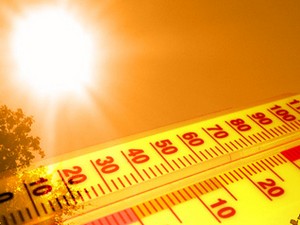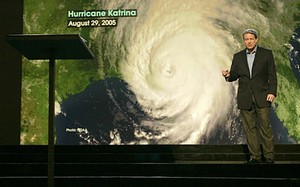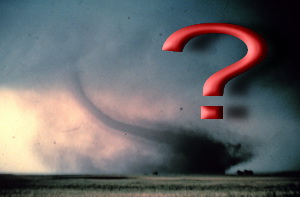
Any week in Denver weather history is filled with numerous notable weather events and this week is no different. We have everything from major snowstorms to damaging winds and much more. However, one item is particularly notable and historic. It was on the 20th of November in 1871 that the first, official weather observation took place in Denver. Henry Fenton, Observer Sergeant of the United States Army Signal Service, made the report at 5:43 am. The office was located on the 2nd floor of a building at the corner of Larimer and G Streets, now 16th Street. Scroll down to see what the report said.
From the National Weather Service:
From the 12th to the 15th:
In 1909…light snowfall totaled 6.7 inches in downtown Denver over the 4 days. This was the first measurable snowfall of the season. Northeast winds were sustained to 15 mph on the 12th.
From the 14th to the 15th:
In 1917…overnight rainfall was 0.03 inch. This was the only measurable precipitation of the month…making it the 5th driest November on record.
In 1985…3 to 6 inches of snow fell across metro Denver. Snowfall totaled 3.8 inches at Stapleton International Airport where northeast winds gusted to only 13 mph.
In 2005…a winter storm that brought heavy snow to the mountains also spread heavy snow into the foothills to the west of Denver. Snowfall totals included: 14 inches at aspen springs…13 inches near Pinecliffe…and 12 inches near Nederland. Interstate 70 along with U.S. Highway 40 had to be closed near Idaho Springs due to snow…poor visibility in blowing snow…numerous accidents…and an increased avalanche danger. High winds were recorded in the foothills on the 14th. Winds gusted to 89 mph at Georgetown and to 91 mph on Sugarloaf Mountain west of Boulder. Strong microburst winds associated with a dissipating rain shower gusted to 61 mph at Denver International Airport on the 14th.
From the 14th to the 18th:
In 1964…the first measurable snowfall of the season totaled 6.0 inches at Stapleton International Airport where northeast winds gusted to 32 mph on the 14th. Most of the snow…4.2 inches…fell on the 14th. This was the only measurable snow of the month.
On the 15th:
In 1902…4.0 inches of snow fell over downtown Denver. This was the only measurable snow of the month. Northeast winds were sustained to 18 mph with gusts to 20 mph.
In 1906…strong winds howled and roared across Boulder… Causing several thousand dollars in damage. The strong winds caused one fatality and minor injuries to others. West winds were sustained to 46 mph in downtown Denver where the strong Chinook winds warmed the temperature to a high of 74 degrees.
In 1944…the low temperature dipped to 32 degrees. This is the latest date of the first freeze in Denver.
In 1949…a trace of rain fell. Another trace of rain on the 11th was the only precipitation of the month…making the month one of the driest Novembers on record and the least snowiest with no snow. This was the first November since 1882 without snow.
In 1960…strong winds caused 2 thousand dollars damage to a new school building in Boulder where wind gusts were estimated to 70 mph. Wind gusts to 40 mph were recorded in downtown Denver. Damage occurred to utility lines…signs… And trees. Northwest winds gusted to 44 mph at Stapleton Airport.
In 1986…strong Chinook winds howled over the Front Range foothills. The highest wind gust…81 mph…was recorded at Table Mesa in Boulder. West winds gusted to 31 mph at Stapleton International Airport.
In 1987…the first measurable snow of the season was also a major snowstorm. The snow combined with strong winds to close I-70 east of Denver and I-25 to Colorado Springs. Snow accumulations ranged from 6 to 9 inches across metro Denver with 10 to 20 inches in the foothills. At Stapleton International Airport…6.1 inches of snow fell and north winds gusted to 47 mph reducing the visibility to as low as 1/8 mile in heavy snow. Strong north winds at 20 to 30 mph with frequent gusts to 40 mph and temperatures hovering around 30 degrees plunged wind chill temperatures to 5 below zero.
In 1988…the season’s first snow storm hit metro Denver. The storm dumped 2 to 5 inches of snow…which caused numerous traffic snarls and accidents. North wind gusts to 43 mph caused some blowing snow. Snowfall totaled 2.5 inches at Stapleton International Airport. This was the latest first snow of the season. No traces of snow had occurred earlier in the season.
Continue reading November 15 to November 21 – This week in Denver weather history









